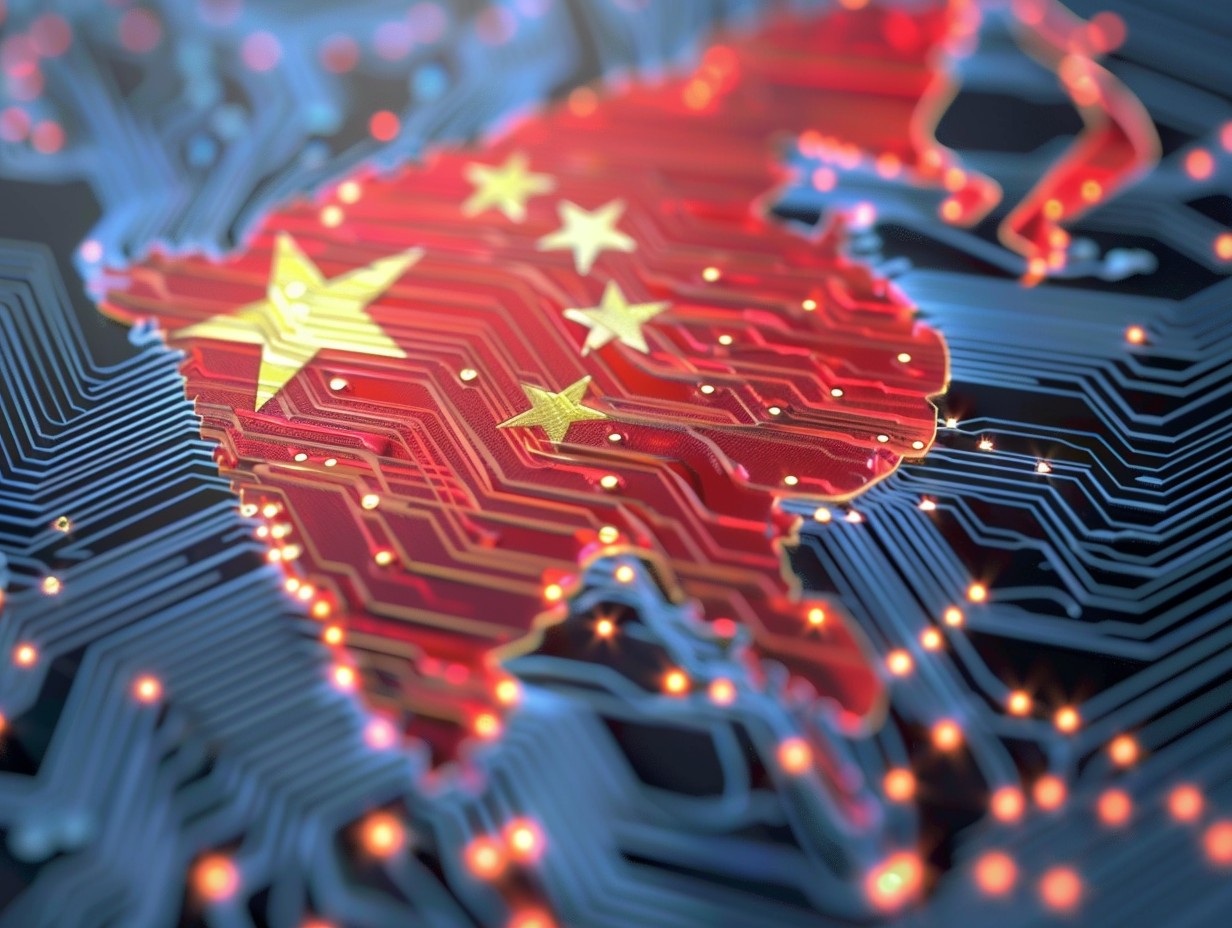In the wake of AI chatbots taking center stage in 2023, the tech world is now poised for the emergence of a new era of artificial intelligence. Characterized by heightened interactivity and human-like communication, Interactive AI is anticipated to reshape the way humans engage with machines, bringing forth a wave of innovative possibilities.
Enhanced interactivity redefining AI
One year ago, names like Chat GPT, Bard, and Llama were unfamiliar to most, but they rapidly gained prominence as AI chatbots promising heightened productivity and efficiency. These AI assistants have indeed transformed content generation, alleviating the time-consuming tasks that would typically require human intervention. Despite initial fears of job displacement, massive layoffs have yet to materialize.
However, the existing AI chatbots have faced criticism for their limitations, often generating content that is bland, error-ridden, or tainted by political and racial biases. Elon Musk’s recent venture, Grok, aimed to address these issues but also encountered accusations of political bias. As the AI landscape becomes increasingly competitive, tech luminaries are predicting a shift towards more interactive AI systems.
Mustafa Suleyman, co-founder of Google DeepMind, envisions the next wave of AI assistants as highly interactive, and capable of engaging in nuanced conversations with humans. This shift marks a transition from traditional command-driven interactions to more natural, human-like conversations. Instead of merely responding to basic commands, future AI tools will discern user intent and employ all available resources to execute tasks autonomously.
The promise of interactive AI
Interactive AI is set to offer several advantages over its predecessors. One key benefit is its potential to produce more novel and original content, steering clear of the pitfalls of plagiarism and bias. Furthermore, these advanced AI systems can tackle complex, time-consuming tasks that require interaction with humans, websites, and other chatbots. They can also provide regular updates to users on progress or results.
Crucially, interactive AI is adept at handling advanced user feedback, safeguarding against the generation of harmful or offensive content. It also ensures that complex projects are delivered precisely as specified, reducing the margin for error.
Applications of interactive AI
The applications of interactive AI are vast and extend across various industries. Companies can leverage this technology to enhance customer service, guiding users through troubleshooting steps with a human-like touch. In sales and marketing, interactive AI can offer personalized communication tailored to individual customer needs, potentially revolutionizing lead generation and customer retention strategies.
Several early-stage AI platforms are already pushing the boundaries of interactivity. For instance, Mustafa Suleyman’s Pi AI, dubbed “your personal AI,” is designed for brainstorming, planning, learning, or simply serving as a platform for venting. Another example is Character.ai, where users can interact with AI assistants crafted with distinct personalities, some even inspired by fictional characters or celebrities.
The timeline for interactive AI adoption
While Suleyman believes that interactive AI will begin to make a significant impact in 2024, other industry experts contend that achieving true interactivity with chatbots may still require a few more years of development and refinement. The timeline for widespread adoption hinges on technological advancements and user acceptance.
Microsoft founder Bill Gates predicts that AI is on the cusp of “supercharging the innovation pipeline,” with widespread adoption expected in high-income countries like the US within the next 18 to 24 months. Gates also foresees African countries catching up in AI adoption within three years. However, the swift expansion of AI technology raises concerns about its potential to replace white-collar jobs in fields such as finance, legal, and medicine. While the impact on employment has been relatively limited thus far, some experts believe that creative and professional positions may eventually succumb to automation.
The dark side of AI in 2024
Amid the excitement surrounding AI’s evolution, there are also concerns on the horizon. Tech analysts have raised alarms about the proliferation of AI-generated deepfake videos and the spread of disinformation. The upcoming US presidential election in November has been dubbed a potential “deepfake election,” with many voters struggling to discern real from fabricated content. As AI becomes more sophisticated, the challenge of combating deepfakes and misinformation looms large.
The dawn of Interactive AI promises a new era of human-machine interaction characterized by enhanced interactivity and human-like communication. As this technology evolves and matures, it holds the potential to reshape industries, improve customer service, and revolutionize content generation. However, the rapid spread of AI also raises concerns about job displacement and the challenges of combating deepfakes and misinformation. The future of AI is poised on a precipice, with both promise and peril on the horizon.





